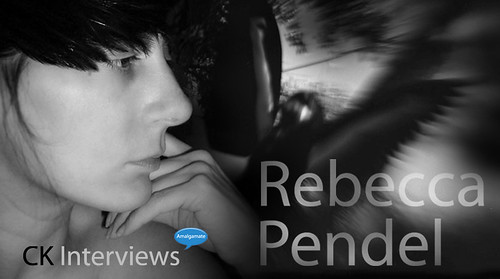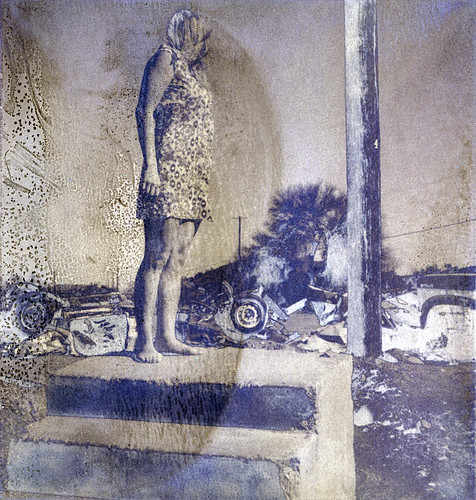I picked up an Olympus Pen FT 35mm SLR at the end of February [2007]. Because it’s half frame, the viewfinder is vertical rather than horizontal, and I was really curious to see if it would affect how I see through it. I’ve been using it as my primary normal-lensed camera for a few months now, and—big shock—it did.
The camera did remind me of how much I don’t like the normal 3:2 aspect ratio of a normal 35mm frame. For me it’s usually in an uninspiring wasteland, being too long for square or 4:5 (which I’ve grown to really like) and too short for a panorama.
Past that, it’s been an interesting experience. The corners of the viewfinder are rounded, which seems like a small thing, but it really affects my mindset when I’m shooting. It reminds me of the prints that were popular when I was a kid, and it gives me a feeling of temporal ambiguity by association.
I still find myself taking just about as many horizontal shots as I used to, but now it’s much more deliberate, and it feels like that’s spilled over into normal viewfinder shooting as well. Seems like one of those things that makes me see better, even if I don’t use it all the time. I highly recommend the vertical viewfinder experience!


